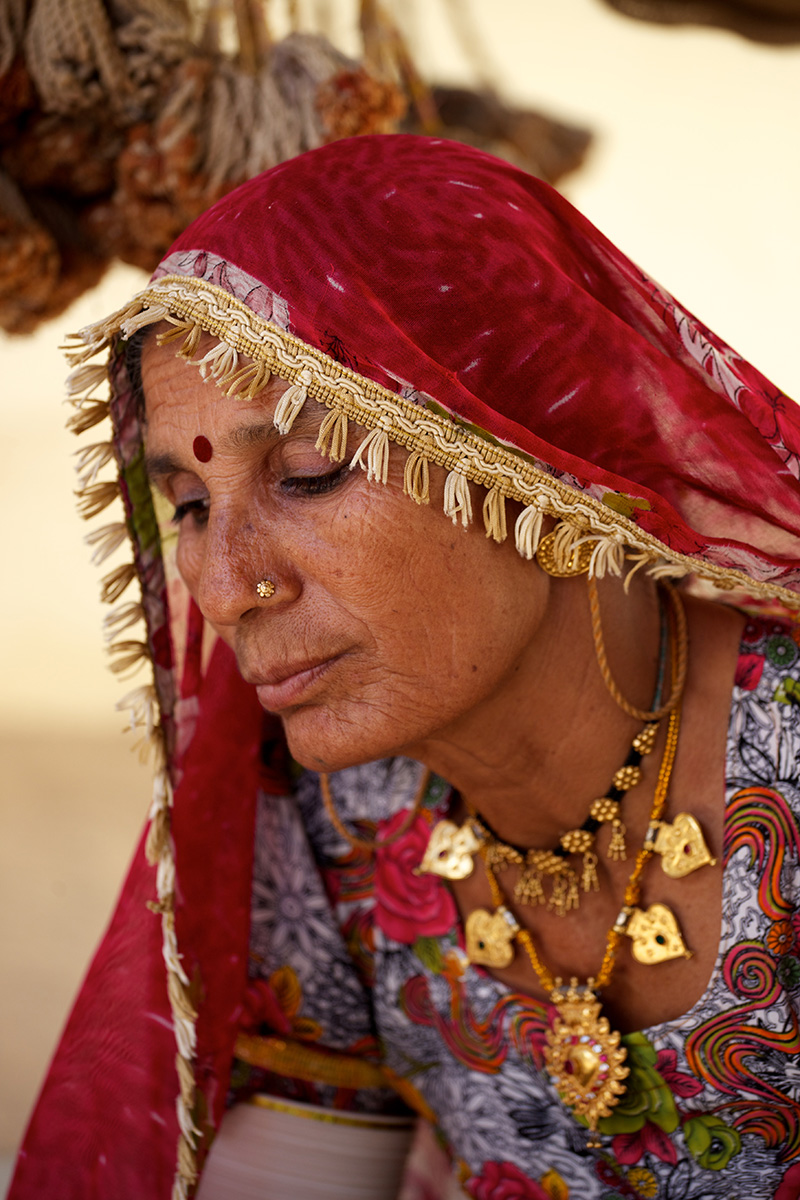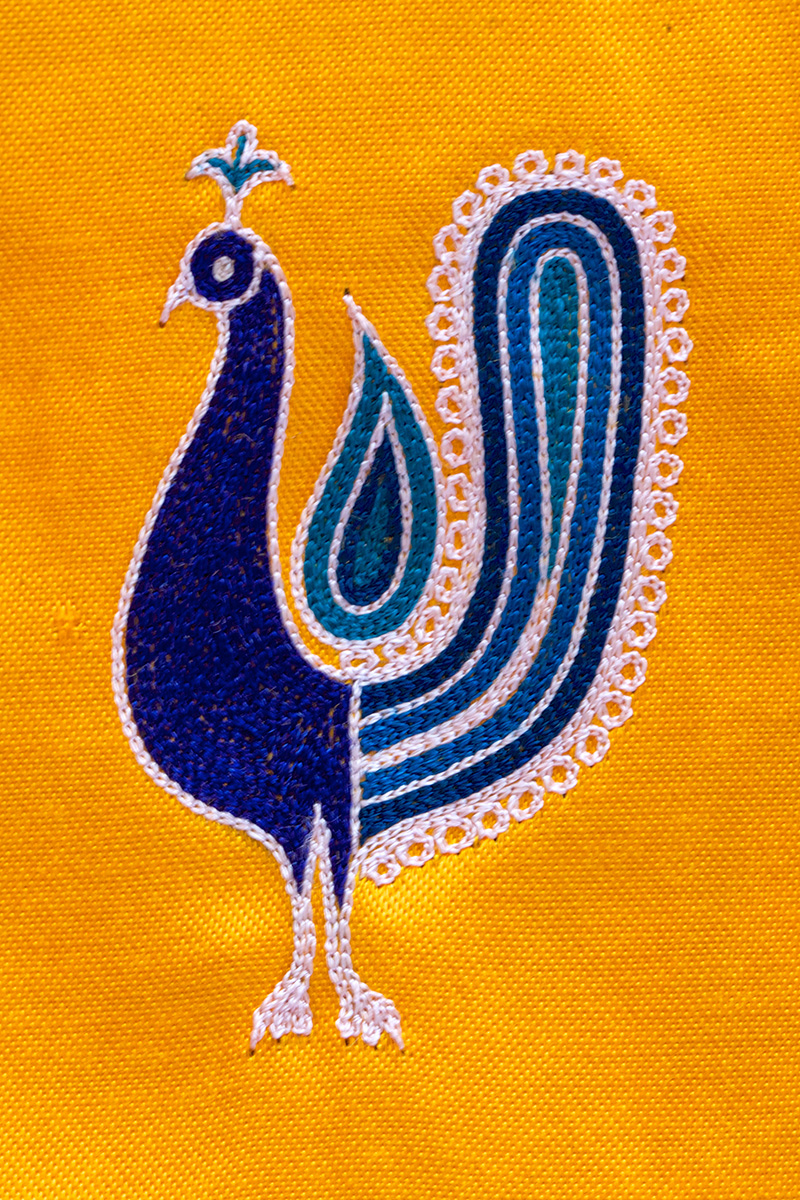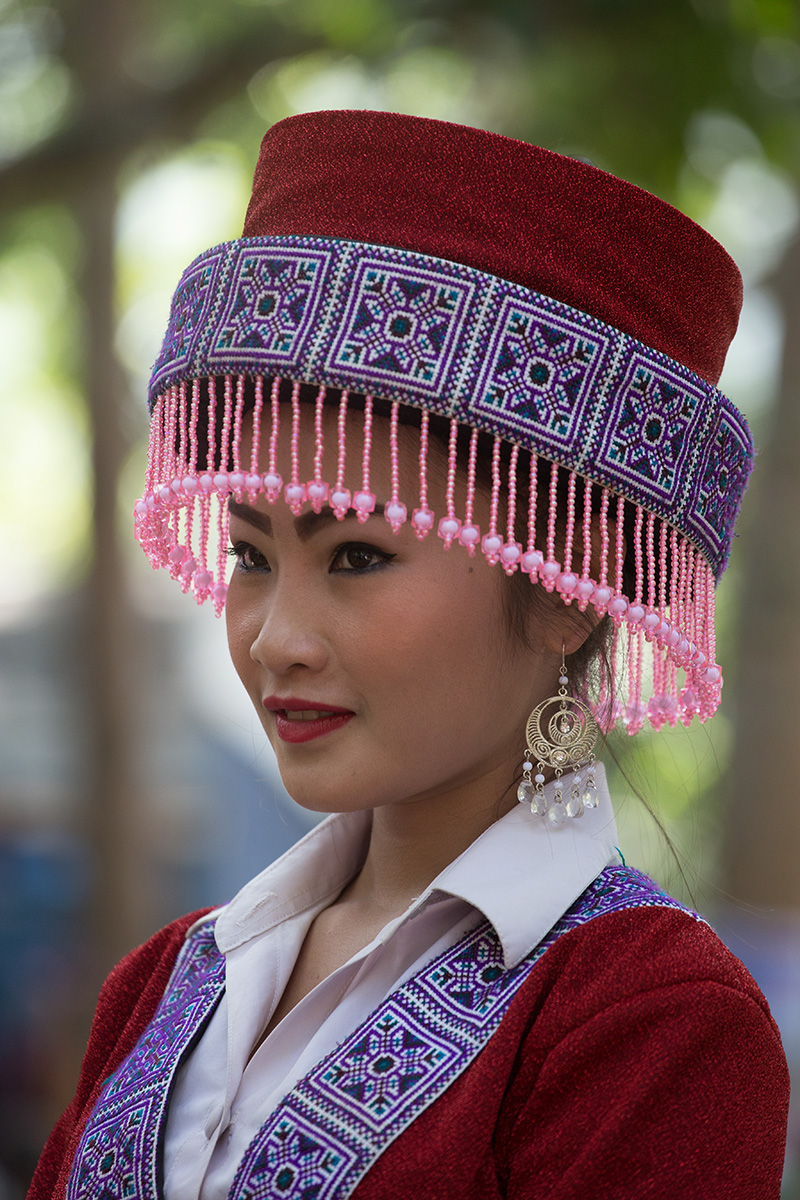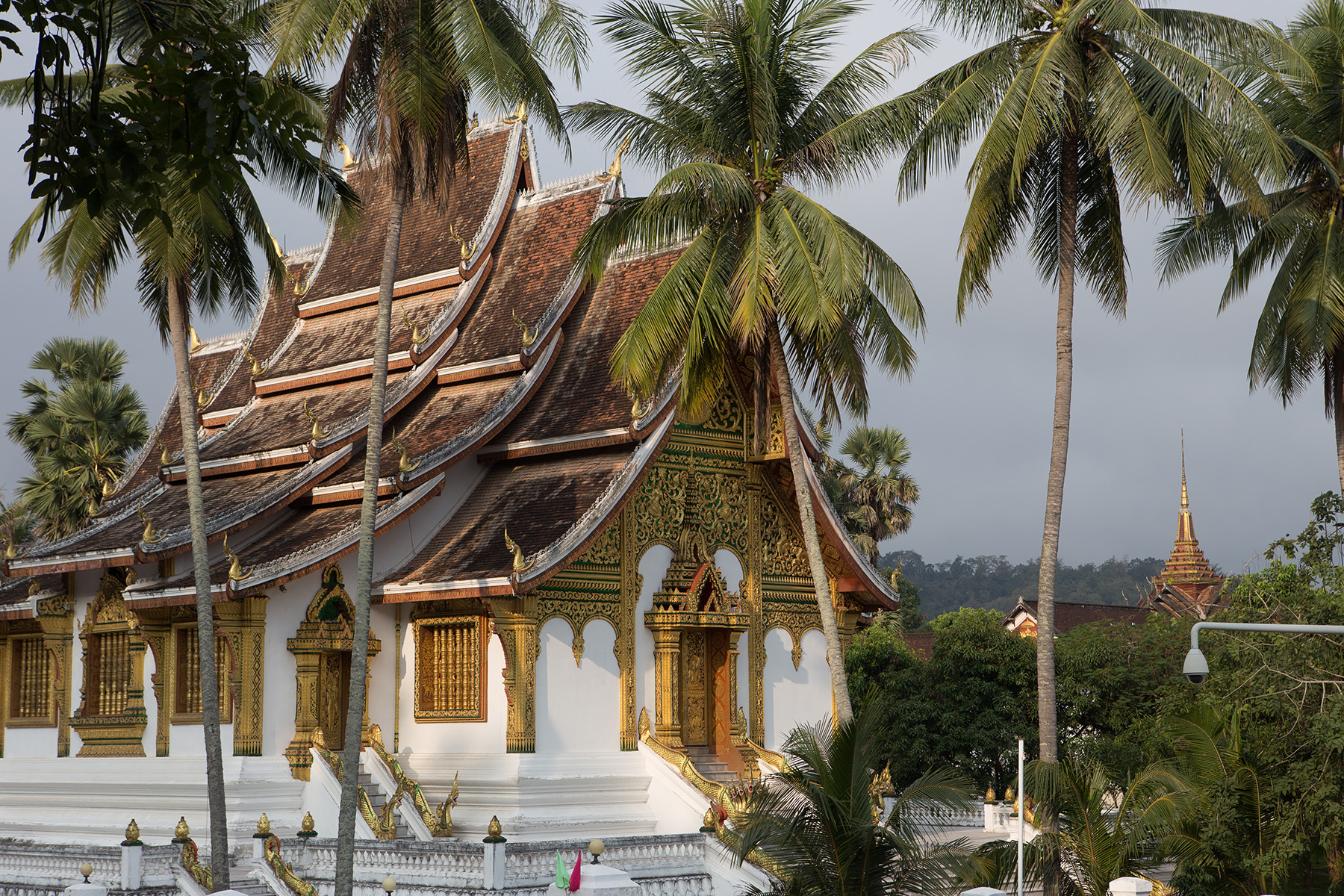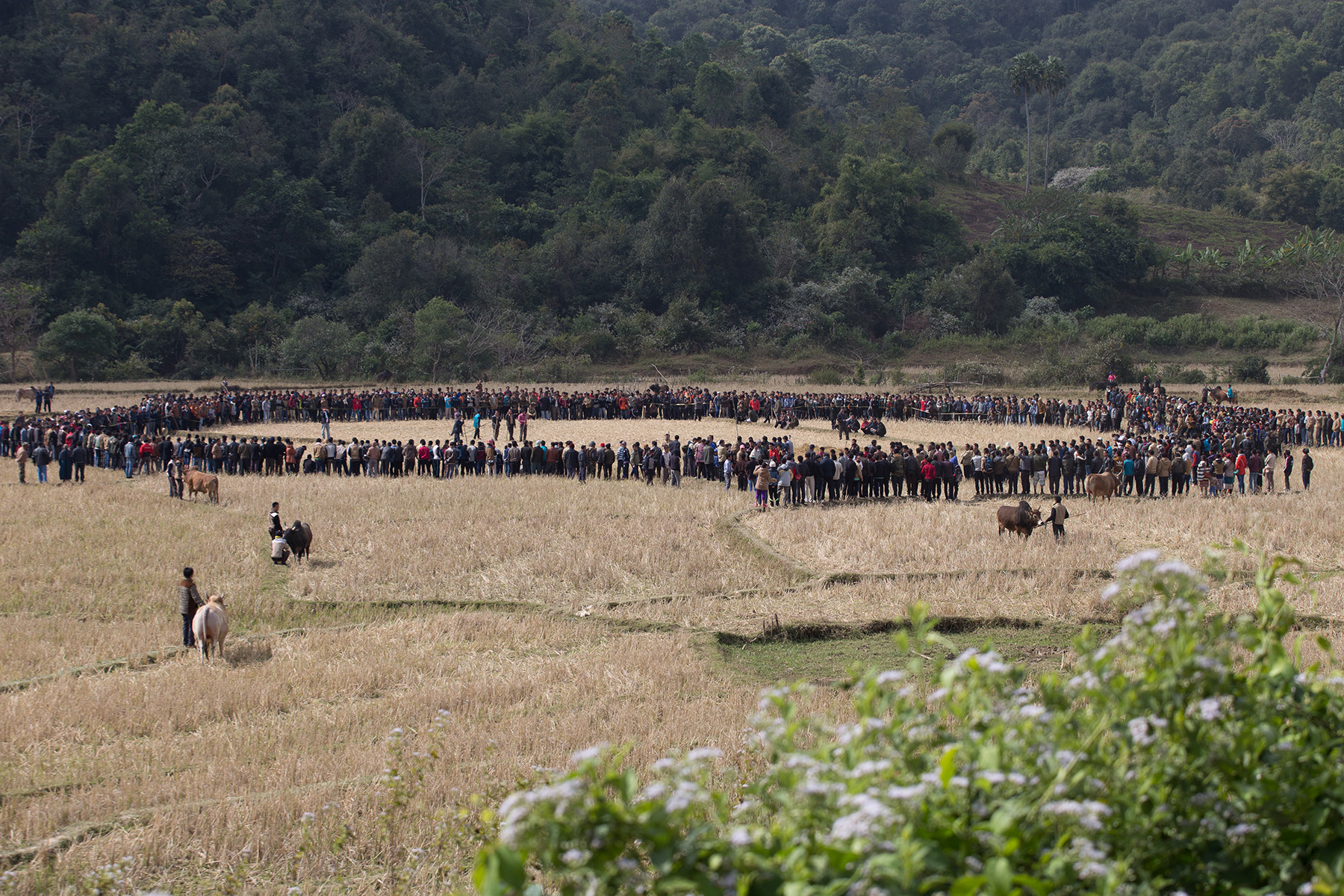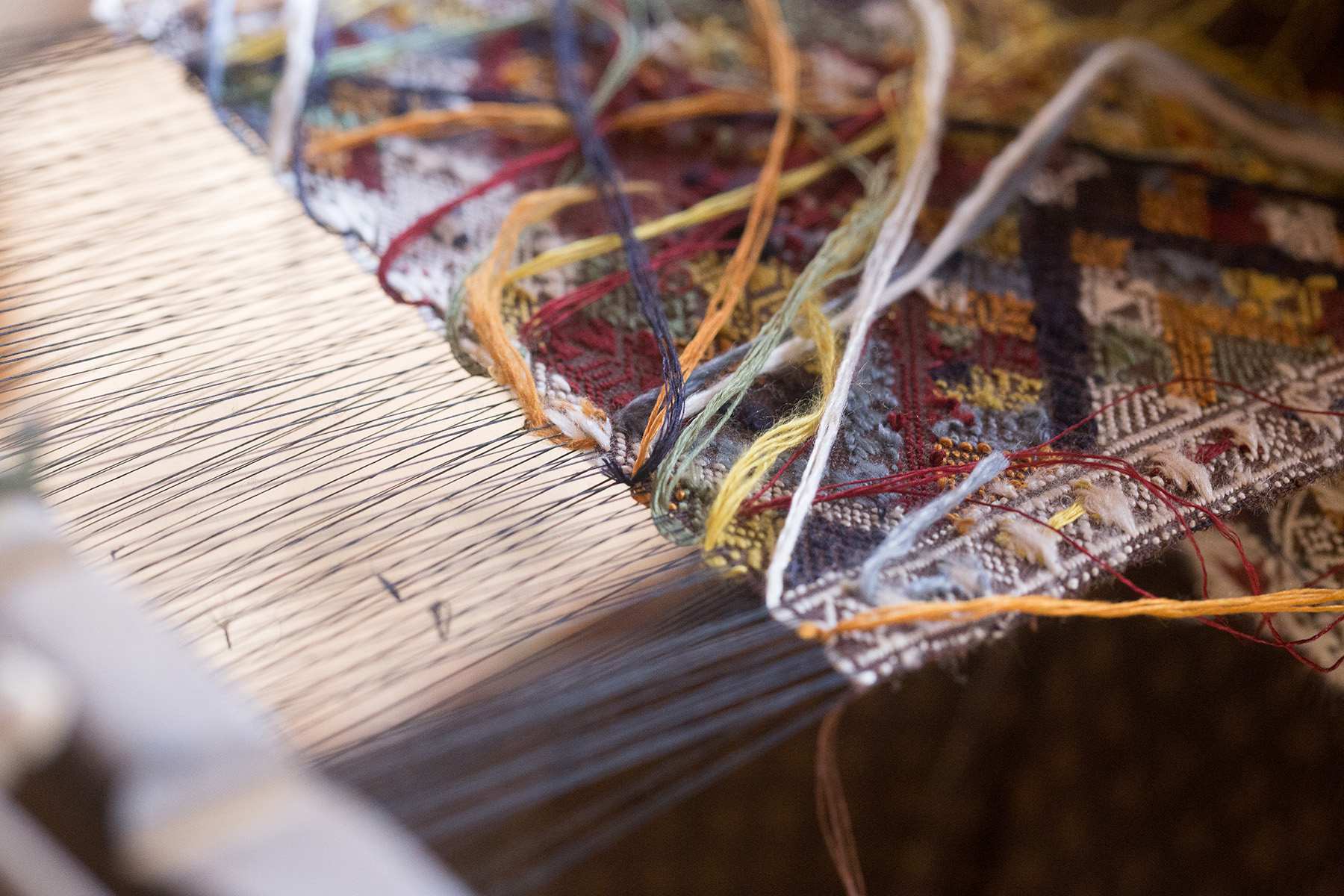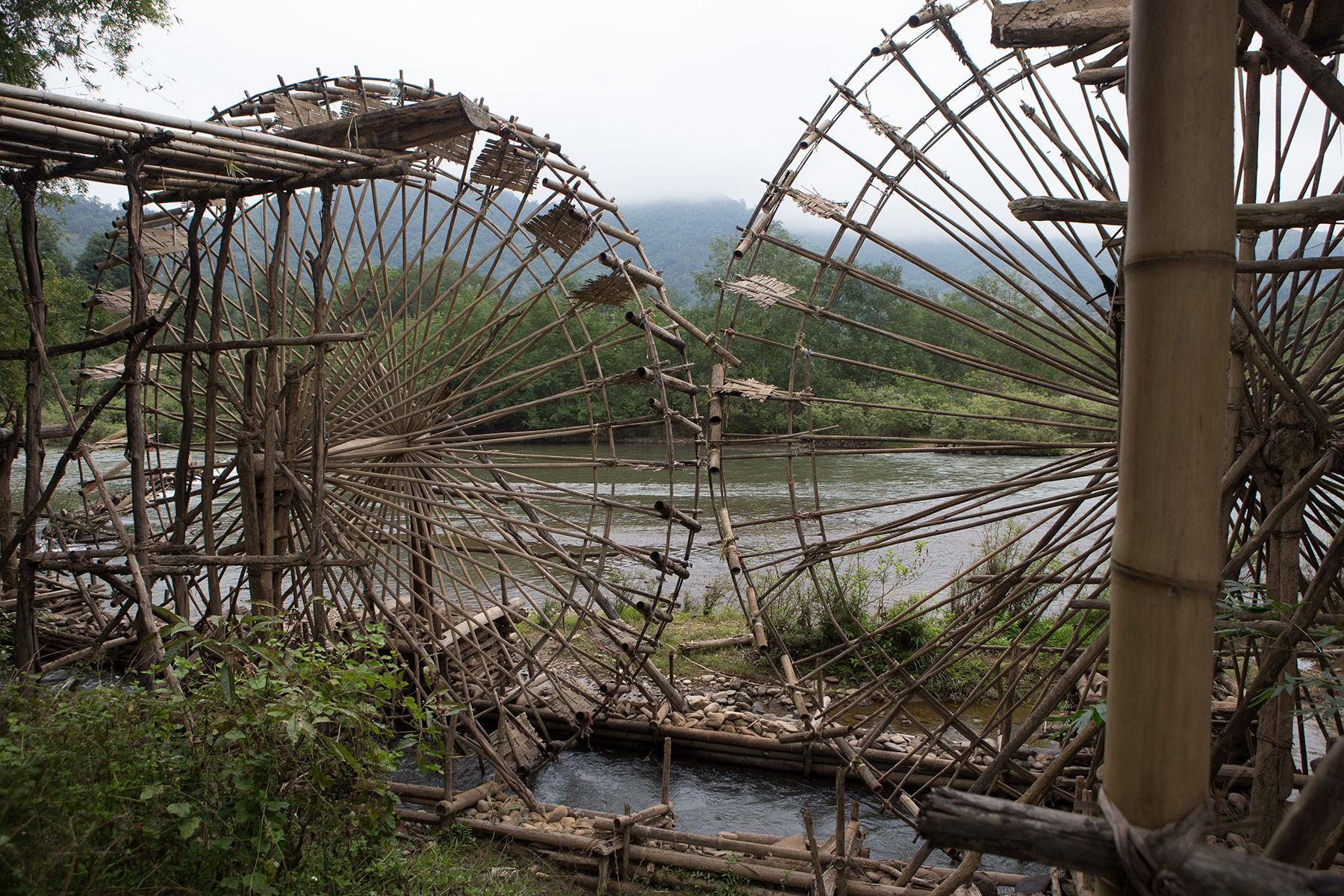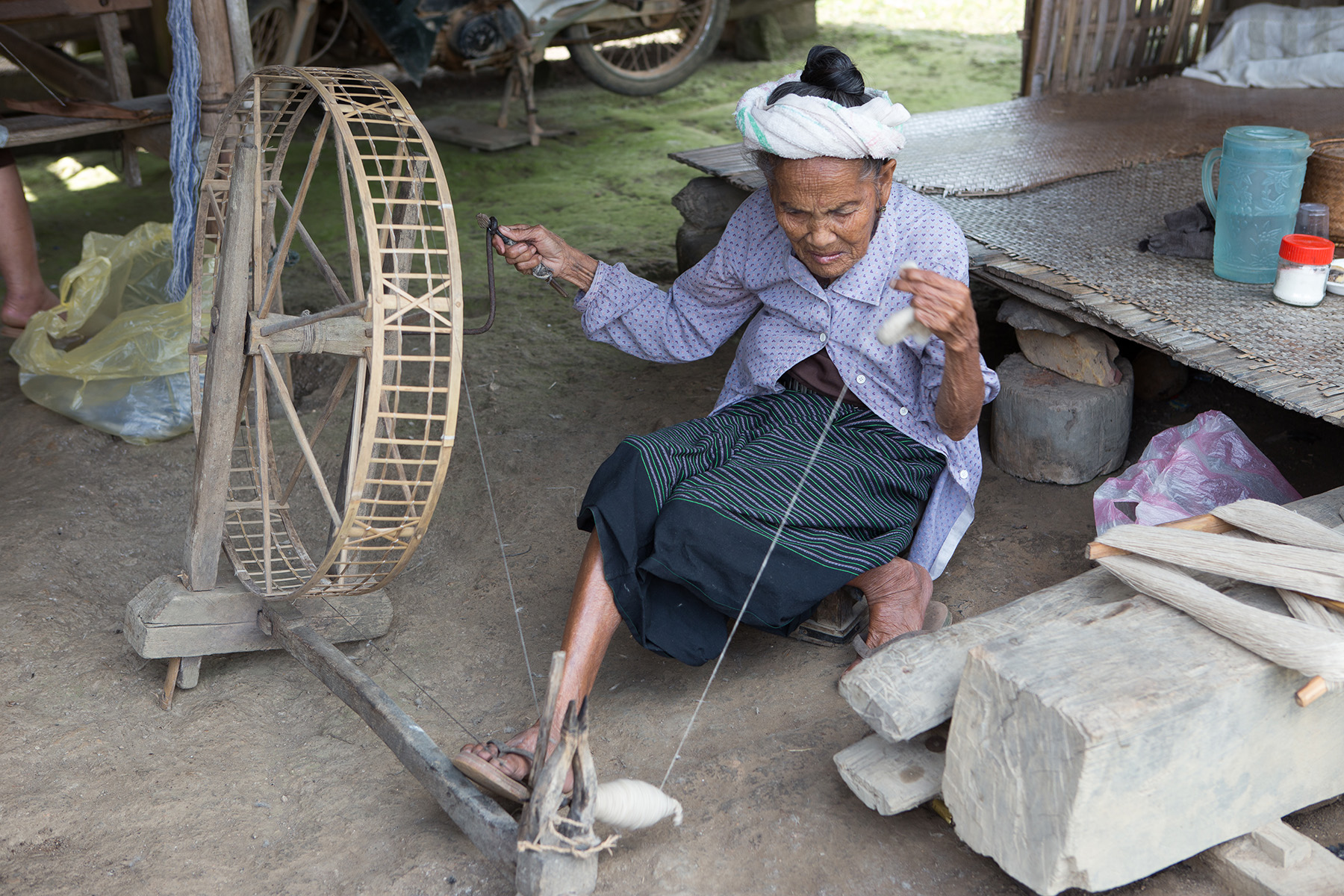Trying to give a declarative definition of ‘folk art’ is a fool’s errand. Across the world, the variety, the countless different forms it takes, the colors, the richness staggers the mind. Yet this remains – the nugget that is common to all forms of folk art; the object which is made beautiful, is useful. Not a painting that will hang on a museum wall, but rather painted shutters that close to keep out the storm’s cold winds. A colorful glazed bowl, that will be admired as fragrant soup is poured into it. A blouse with the bodice generously covered with flowers made of tiny stitches. The skills of the ‘folk’ embellish these useful objects, and elevate them to ‘art’.
Folk art establishes community: the community of artists that learn from each other and build on the work of others that came before. The community of those who appreciate, use and love the work. In many cultures, the way a person dresses, the carving style on their wooden plates, the type of painting technique they use on their furniture, identifies them uniquely compared to their neighboring communities. In Guatemala the style of the Huipil identifies the village, in Gujarat (India) each ethnic group uses different needlework techniques, even an object as universally ubiquitous as a basket can be instantly recognized as Bornean (Indonesia) by it’s shape, material, and craftsmanship.
This relation indelibly links folk art techniques to the cultures that practice them and offers identity through them. Appreciating a folk art fully is impossible without understanding and appreciating its cultural context. Ideally we visit the culture that practices the folk art that speaks to us. Next best is to read about them and see photos...
This trip was one, powerful enough to frame-shift the mind. India is so extreme, in so many aspects, we are still digesting everything we saw there. They say travel broadens the mind, and it’s true. Gujarat pushed us to unexpected heights.
The State of Gujarat in India, especially the Kutch region around the town of Bujh offers an embarresment of riches in regards to folk arts.
My wife, being a weaver and ethnic textile enthusiast, always knew that before she died she wanted to see the four big ones; India, Indonesia, Guatemala, and Laos. Laos? That tiny land-locked country in SE Asia? But she was right. Oh, was she right.

















